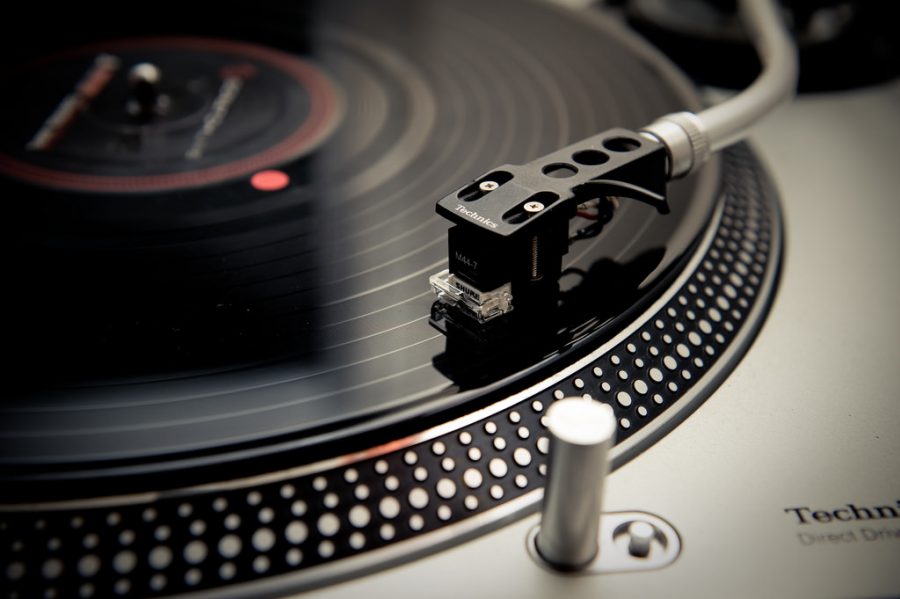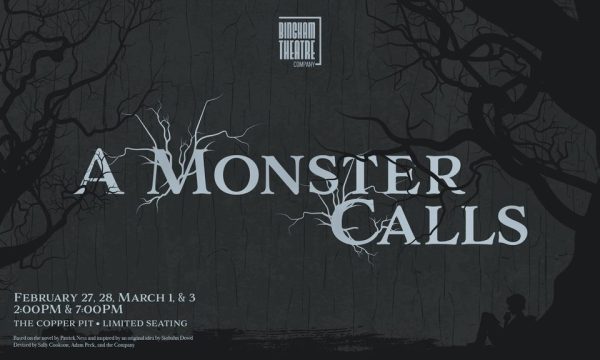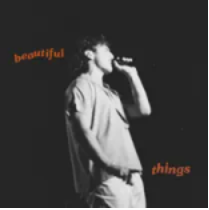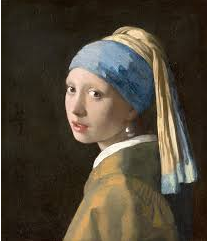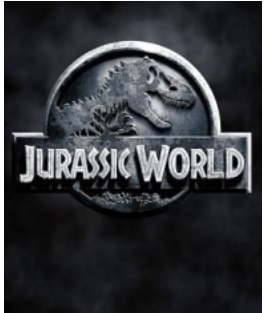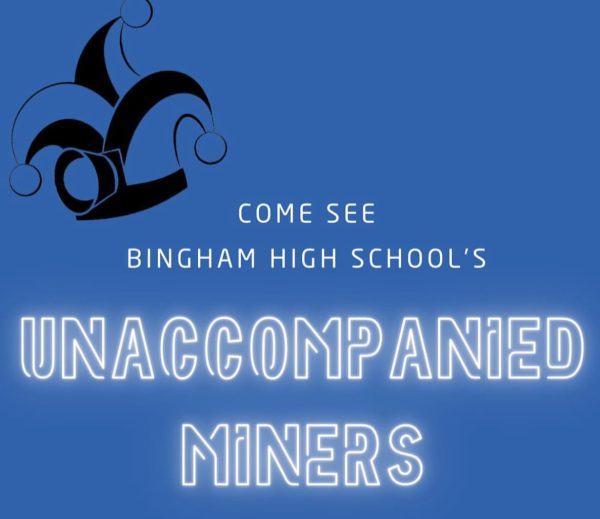Why is Rap Cool?
Photo by David Gallard
Rap has been big for decades, and its fame definitely hasn’t subsided.
According to Nielsen, a company specializing in global measurement and data analytics, R&B/Hip-Hop has become the largest genre of music. As stated in Nielson’s 2017 end-of-the-year music report, the ascension came from a 72% increase in on-demand audio streaming music of that genre.
What makes hip-hop so popular today? For the most part, rap seems to resonate with people of many backgrounds, especially those who are younger.
Bingham junior Katie Velis is a rap enthusiast, her favorite artists being Juice Wrld, Lil Skies, and YoungBoy. She admires YoungBoy especially, saying that his lyrics and life experiences are relatable to many. “The meaning behind most of the songs [by YoungBoy] is what really makes me love them,” said Velis.
Bingham senior Malachi Miko relates with that same sentiment, saying that rappers close to his age discuss real, universal feelings. “They put our thoughts into actual words, making us not feel so alone,” said Miko. However, he also criticized the production of rap, saying that the songs we love so much are created by producers taking ‘trash bars’—uncomplicated, predictable lyrics—from artists and lodging them in with a good beat.
This type of rap explained by Miko is a widely popularized genre and even has a name: mumble rap, as coined by Wiz Khalifa. It’s listened to by young adults and is characterized by its name to a T. Also called SoundCloud rap (because of its simplicity to produce and distribute through platforms like SoundCloud), the genre comprises of catchy beats and repetitive, indecipherable lyrics. Like pop music, repetition is extremely catchy and popular.
This adoration for hip-hop has existed prior to the era of mumble rap, seeing that the genre has resounded with people since its birth. The music documentary series Hip-Hop Evolution goes in depth on the history of rap. The mid 1980s to 1990s, called the ‘golden age’ of hip-hop, included legends like 2Pac, Nas, Queen Latifah, LL Cool J, Run DMC, De La Soul, and innumerable others. Many associated (and still do today) hip-hop with the promotion of violence and drug abuse, even though not every artist lyricized their songs in such a way. The golden age also used lyricism as a platform to bring up topics regarding political, economic, and the marginalized states of African-American communities. Originating in the 1980s, political hip hop become a way of combining music and social activism. Advocacy in such an entertaining format inspires people, and calls to action make listeners motivated and conscious.
Political rap is still popular today. Modern artists like Kendrick Lamar address social issues through music and performance. His music video for his song This Is America contained lyrical and visual content on gun violence. His recent albums have also had similar themes, including the album he curated for the hit-movie Black Panther.
Rap is cool, and has been for years, because it’s an art form that generates conversations, brings together communities, and informed privileged people about the struggle of marginalized communities and world issues.

